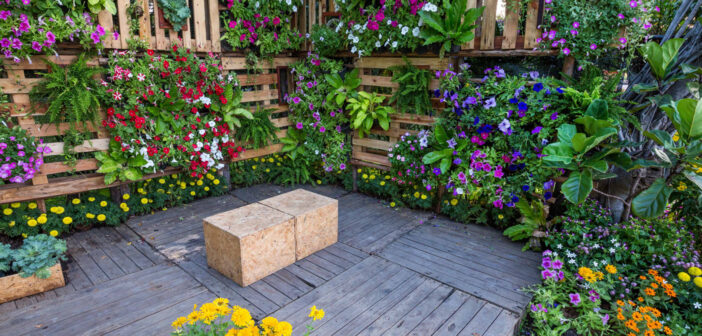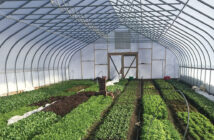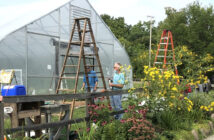What is a vertical garden?
This popular plant-growing technique employs hydroponics and a vertically-suspended panel. These unique structures can either be freestanding or attached to a wall. Vertical gardens are a wonderful alternative to potted plants and will add a lush pop of color in even the smallest environment.
What are the benefits?
The great advantage of vertical gardening is that a small amount of space can provide a very large number of flowers, fruits or vegetables. No matter how limited your available area, you will be able to grow to your heart’s content! By smartly using vertical space, what may have seemed like an unusable spot is suddenly filled with vast potential.
What vegetables should you plant in a vertical garden?
In a vertical garden, plants grow on a support such as a stake, trellis, cage, or fence. Pole beans, peas and tomatoes are commonly grown this way. But other vines such as cucumbers, squashes (both summer and winter) and melons can also be vertically grown.
What flowers grow well in a vertical garden?
Annual varieties work best for vertical gardens, because they’ll give you great color fast, don’t require tons of soil and let you start fresh each year. Perennials that grow well vertically include: honeysuckle, trumpet vine, wisteria, climbing hydrangea, climbing rose and clematis, among others. Herbs such as mint, sage, lemon balm and thyme also grow well with this technique.
Are vertical gardens easy to maintain?
Vertical gardens are generally easier to maintain than a traditional garden. Physically, working at eye level will be easier than having to bend. Also, the fact that the plants are in containers means you’ll need to devote less time to fighting pests and disease.
What you need to grow a vertical garden
Frame – The frame will be the foundation for your vertical garden. Once it’s built, you will attach plastic sheeting, fabric, water, fertilizer and plants.
Sheeting and fabric – You will need a large sheet of plastic and two pieces of fabric that are the same size. Start by attaching the plastic to the frame with screws and staples, so that it’s tight and secure. Next, you will attach both pieces of fabric.
Fertilizer injector – This is how your plants will be regularly fed. Make sure you buy a fertilizer injector that is the right size for your frame.
Irrigation system – This will provide your plants with water through the fabric, keeping them healthy and green.
Flowers and plants – Now that your vertical garden is all set up, you can focus on the most exciting part – choosing the plants and flowers.
Sources: Ambius.com








